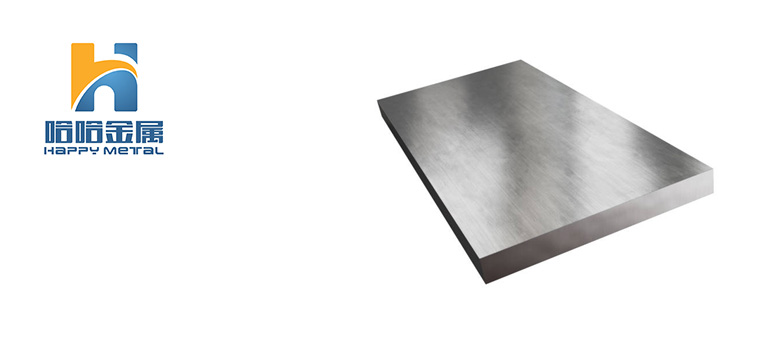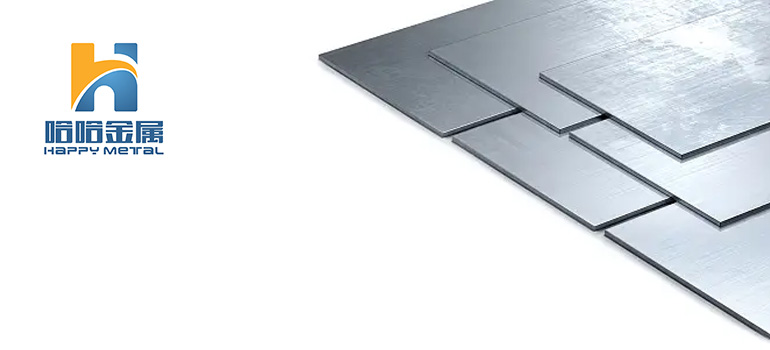Summary:
Enhancing Durability: Magnesium Alloy Coated Steel Plate Advancements
Advantages of Magnesium Alloy Coated Steel Plate
Understanding the composition of magnesium alloy coatings
Comparison with other coating methods
A Magnesium Alloy Coated Steel Plate is a type of steel plate that has been coated with a layer of magnesium alloy to enhance its properties, particularly in terms of durability, corrosion resistance, and lightweight characteristics. This coating process involves applying a thin layer of magnesium alloy onto the surface of the steel plate through techniques such as hot-dip galvanizing or other advanced coating methods.
Overall, Magnesium Alloy Coated Steel Plates are used in a wide range of industries, including automotive manufacturing, construction, renewable energy, and infrastructure, where high-performance materials with superior corrosion resistance and durability are required.
Advantages of Magnesium Alloy Coated Steel Plate

Magnesium alloy coated steel plates offer a variety of advantages , making them a preferred choice in many industries. Here are some of the key advantages:
Corrosion Resistance: Magnesium alloy coatings provide excellent corrosion resistance, particularly in harsh environments such as marine or industrial settings.
The combination of magnesium and other alloying elements forms a protective barrier that prevents corrosion and extends the lifespan of the steel plate.
Durability: The coating enhances the durability of the steel plate, making it more resistant to wear, abrasion, and environmental damage.
This durability reduces the need for frequent maintenance and replacement, resulting in cost savings over the long term.
Lightweight: Magnesium alloys are lightweight materials, adding minimal weight to the steel substrate while still providing robust protection.
This lightweight characteristic is particularly beneficial in applications where weight savings are important, such as automotive manufacturing or aerospace industries.
Formability: Coated steel plates retain their formability, allowing them to be easily shaped or formed into various components for different applications.
This flexibility in shaping enables manufacturers to create complex parts and structures while maintaining the protective properties of the coating.
Environmental Benefits: Magnesium alloy coatings are often considered more environmentally friendly compared to some other coating materials.
Magnesium is abundant and can be recycled efficiently, reducing the environmental impact of production and disposal.
Cost-Effectiveness: While initial costs may be higher compared to some other coating methods, the long-term benefits of magnesium alloy coated steel plates, including reduced maintenance and extended lifespan, result in cost savings over time.
Additionally, the lightweight nature of magnesium alloys can lead to fuel savings in transportation applications.
Versatility: Magnesium alloy coated steel plates find applications across various industries, including automotive manufacturing, construction, renewable energy, and infrastructure.
Their versatility and adaptability make them suitable for a wide range of uses where high-performance materials with superior corrosion resistance and durability are required.
Overall, the advantages and benefits of magnesium alloy coated steel plates make them an attractive choice for manufacturers seeking durable, corrosion-resistant, and lightweight materials for their products and applications.
Understanding the composition of magnesium alloy coatings
Magnesium alloy coatings consist of a mixture of magnesium and other elements, typically aluminum, zinc, or both. These alloys are applied onto the surface of steel plates through various coating processes to enhance their properties. Here’s a breakdown of the composition of magnesium alloy coatings:
Magnesium (Mg): Magnesium is the primary component of the coating, providing its inherent properties such as lightweight, corrosion resistance, and high strength-to-weight ratio.
It forms the base material of the coating, contributing to its protective characteristics against environmental factors.
Aluminum (Al): Aluminum is often alloyed with magnesium to improve the corrosion resistance of the coating.
It forms intermetallic compounds with magnesium, enhancing the overall protective barrier against corrosion and oxidation.
Zinc (Zn): Zinc is another common alloying element used in magnesium coatings, particularly in hot-dip galvanizing processes.
It provides sacrificial protection to the steel substrate, corroding preferentially to protect the underlying steel from corrosion.
Other Alloying Elements: Depending on the specific requirements of the coating, other elements such as silicon, manganese, or rare earth metals may be added in small amounts to modify the properties of the magnesium alloy.
These additional elements can influence factors such as coating adhesion, hardness, and surface finish.
Coating Thickness: The thickness of the magnesium alloy coating can vary depending on the application and the desired level of protection.
Thicker coatings generally provide increased durability and corrosion resistance, but they may also add weight to the steel substrate.
Overall, the composition of magnesium alloy coatings is carefully designed to achieve a balance between corrosion resistance, durability, and other performance characteristics, making them suitable for a wide range of applications in various industries.
Overview of the hot-dip galvanizing process
The hot-dip galvanizing process is a widely used method for applying zinc coatings to steel surfaces to provide corrosion protection. Here’s an overview of the hot-dip galvanizing process:
Surface Preparation: The steel substrate undergoes a thorough cleaning process to remove any dirt, grease, oil, or other contaminants from the surface.
The cleaning process typically involves degreasing, pickling, and rinsing to ensure a clean and chemically treated surface.
Fluxing: After cleaning, the steel surface is fluxed to promote the adhesion of the zinc coating.
Fluxing involves dipping the steel into a solution containing zinc ammonium chloride or other fluxing agents, which helps remove any remaining oxides and prepares the surface for galvanizing.
Galvanizing: The cleaned and fluxed steel is immersed into a bath of molten zinc at temperatures typically ranging from 430°C to 460°C (800°F to 860°F).
The immersion time in the zinc bath varies depending on the thickness of the steel and the desired coating thickness. During immersion, the steel reacts with the molten zinc, forming a series of zinc-iron alloy layers on the surface.
Withdrawal and Cooling: After the desired coating thickness is achieved, the steel is slowly withdrawn from the zinc bath to allow excess zinc to drain off and to ensure uniform coating thickness.
The coated steel is then allowed to cool in the air or by quenching in water, depending on the specific requirements of the application.
Finishing: Once cooled, the galvanized steel may undergo further processing such as passivation, chromating, or painting to enhance its appearance and provide additional protection against corrosion.
Passivation involves applying a thin layer of protective coating (such as chromate or phosphate) to the zinc surface to further enhance its corrosion resistance.
The hot-dip galvanizing process produces a durable and long-lasting zinc coating that provides excellent corrosion protection to the underlying steel substrate. It is commonly used in a wide range of applications, including construction, automotive, infrastructure, and manufacturing industries.
Comparison with other coating methods
The hot-dip galvanizing process is just one of several methods used to coat steel surfaces for corrosion protection. Here’s a comparison of the hot-dip galvanizing process with other common coating methods:
Electroplating: Electroplating involves depositing a thin layer of metal (such as zinc, nickel, or chrome) onto the steel surface using an electric current.
Compared to hot-dip galvanizing, electroplating typically produces thinner coatings, which may offer less corrosion resistance in certain environments.
Electroplating is often used for decorative purposes or when a very thin coating is required.
Spray Coating: Spray coating methods, such as thermal spraying or spray painting, involve applying a layer of coating material onto the steel surface using compressed air or other techniques.
Spray coatings offer flexibility in terms of coating thickness and can be applied to complex shapes and structures.
However, they may not provide as uniform or as durable a coating as hot-dip galvanizing, especially in harsh environments.
Sherardizing: Sherardizing is a diffusion-based coating process that involves heating the steel components in a powdered zinc environment at high temperatures.
This process creates a diffusion layer of zinc-iron alloy on the steel surface, providing excellent corrosion protection.
Sherardizing can produce coatings with thicknesses similar to hot-dip galvanizing and is particularly effective for small or intricate parts.
Metalizing: Metalizing, also known as thermal spraying, involves spraying molten metal (such as zinc or aluminum) onto the steel surface using a flame or arc.
This process can produce thick coatings with good adhesion and corrosion resistance.
Metalizing is often used for repair or maintenance applications where hot-dip galvanizing may not be practical.
In summary, the choice of coating method depends on factors such as the required coating thickness, the complexity of the steel components, the environmental conditions, and cost considerations. While hot-dip galvanizing offers excellent corrosion protection and durability for many applications, other coating methods may be more suitable for specific requirements or constraints.
Maybe you are interested in the following: Elevate Your Projects: Leveraging Aluminum Zinc Magnesium Plate Solutions




